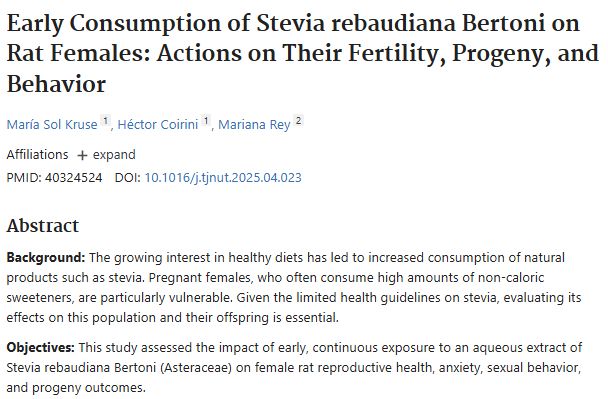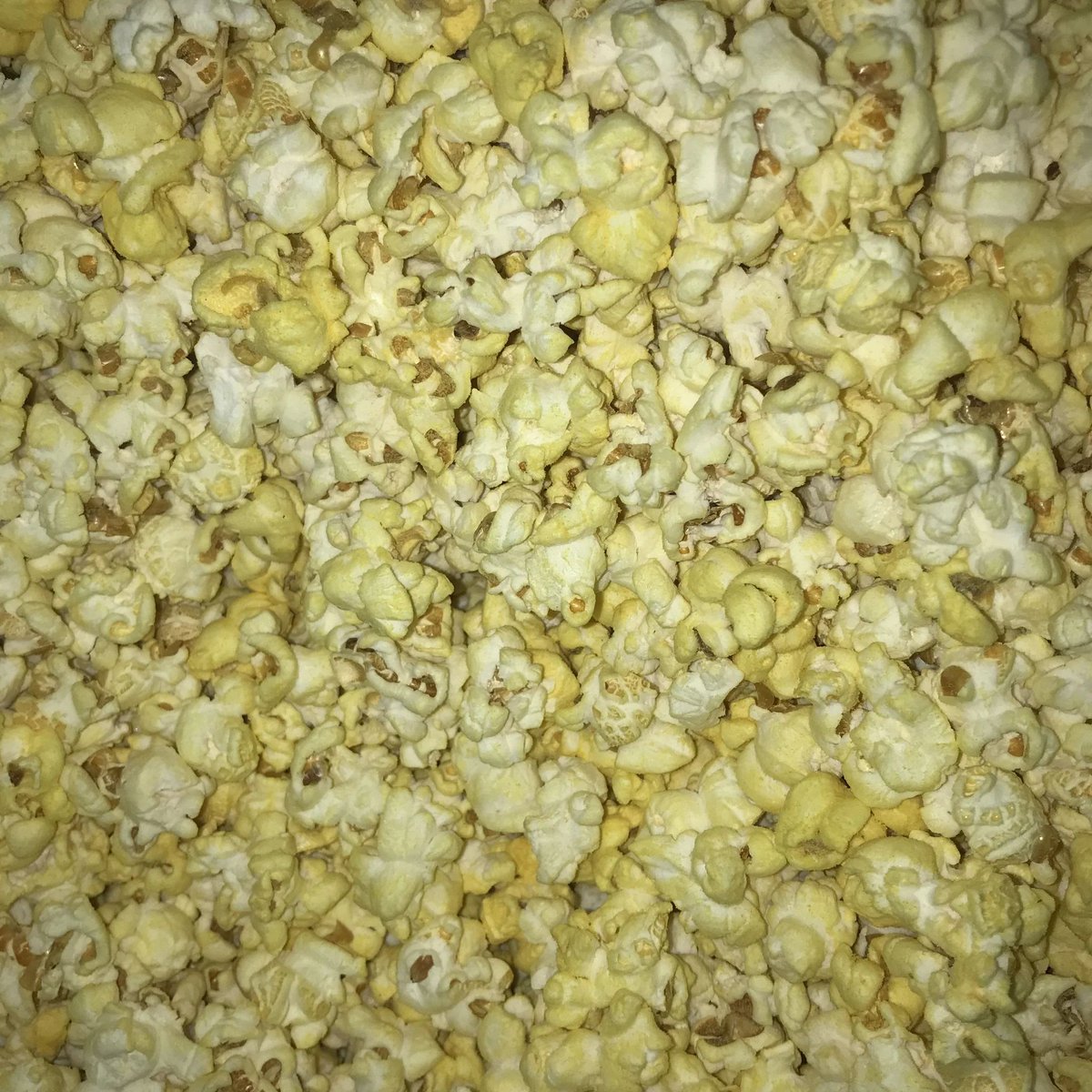French women dont get fat. They also dont work out, or diet, and the same goes for their men. Clearly they know something we don’t...
These 6 subtle changes in perspective & habits will have your body riviera ready this summer 🚬 🇫🇷🧵
These 6 subtle changes in perspective & habits will have your body riviera ready this summer 🚬 🇫🇷🧵

Mireille Guiliano, CEO of Veuve Clicquot US, wrote these tips after spending some time in the US and ballooning in weight.
When she came back to Paris, her Father exclaimed “Tu resemble un sac de patat!” (you look like a sack of potatoes) in response to her weight gain...
When she came back to Paris, her Father exclaimed “Tu resemble un sac de patat!” (you look like a sack of potatoes) in response to her weight gain...

1: BE A SNOB about sourcing. Eat fresh, seasonal and high quality food, believe everything else is trash.
Go to the farmers market as often as possible to get the freshest produce & meat, turn up your nose at processed food & factory farms.
Go to the farmers market as often as possible to get the freshest produce & meat, turn up your nose at processed food & factory farms.

2: Eat satiating foods, rich in animal protein, saturated fats and high quality carbs.
The French consume the most saturated fat on Earth and have the lowest incidence of heart disease.
Grassfed butter & sourdough are key, indulge proudly, guilt leads to snacking on trash later
The French consume the most saturated fat on Earth and have the lowest incidence of heart disease.
Grassfed butter & sourdough are key, indulge proudly, guilt leads to snacking on trash later

3: The French eat their largest meal at lunch, and have a light breakfast (yogurt and toast) and a light dinner (an omelette or soup).
There is evidence that it’s beneficial to get most of your calories earlier in the day, rather than close to bed
There is evidence that it’s beneficial to get most of your calories earlier in the day, rather than close to bed

4: Embrace the ritual of communal meals. Set the table, light some candles, make a production of it.
By setting high standards for presentation, you’re less likely to tolerate shameful binging and snacking.
By setting high standards for presentation, you’re less likely to tolerate shameful binging and snacking.

5: Walk everywhere, and walk briskly. 65% of French take a long brisk walk 7 days per week, while only 50% of Americans do so 5 days per week.
Paris is a highly walkable city which forces this upon them, but you can find time for a high-speed lindy walk throughout the day.
Paris is a highly walkable city which forces this upon them, but you can find time for a high-speed lindy walk throughout the day.

6: BE A SNOB about high quality mineral water, in glass bottles if possible.
The French drink tons of high quality bottled water daily, carbonated and still which helps keep their electrolytes balanced and gives them something to look forward to other than food.
The French drink tons of high quality bottled water daily, carbonated and still which helps keep their electrolytes balanced and gives them something to look forward to other than food.

🚬 & 🍷: French cigarette smokers have longer life expectancy than many American nonsmokers.
Cigarettes may help keep their metabolism high and appetite suppressed, and they generally only smoke organic tobacco, often hand-rolled.
Cigarettes may help keep their metabolism high and appetite suppressed, and they generally only smoke organic tobacco, often hand-rolled.

The French are known for drinking high quality & biodynamic wines on a daily basis. These wines are high in resvratrol and other beneficial antioxidants which may contribute to health & longevity 

It's all about breaking the cycle of extremes, binging/fasting, overexertion vs sloth, and settling in to a more dignified lifestyle that allows for small indulgences everyday.
& being a snob about what goes in your body, only the best, DEFINITELY NO SEED OILS 🇫🇷 🫡
& being a snob about what goes in your body, only the best, DEFINITELY NO SEED OILS 🇫🇷 🫡
• • •
Missing some Tweet in this thread? You can try to
force a refresh




















